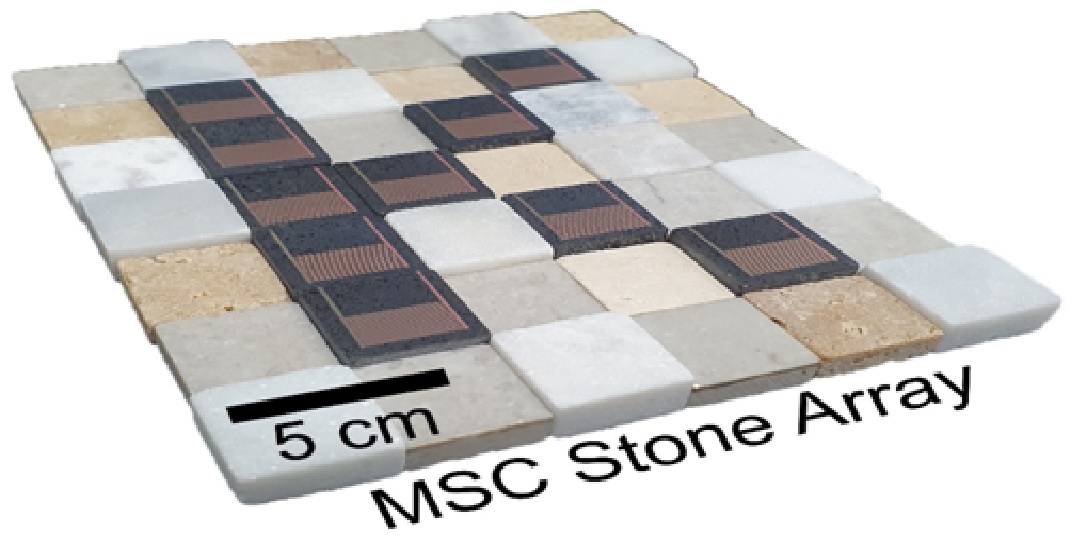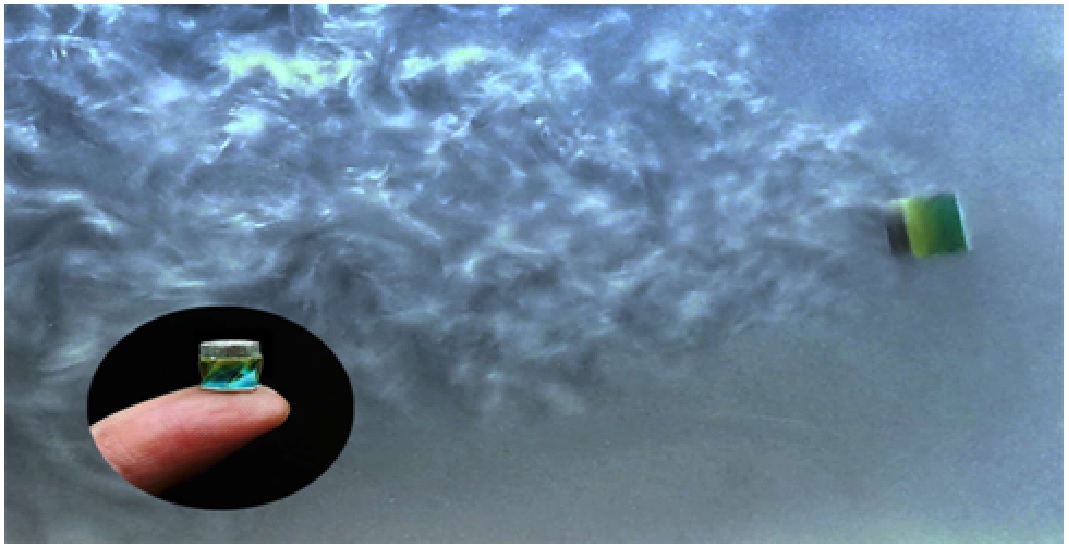The building blocks of the future for photovoltaics
An international research team led by the University of Göttingen has observed for the first time the formation of a physical phenomenon that plays a role in the conversion of sunlight into electrical energy in 2D materials. Scientists were able to make the quasiparticles, known as dark Moiré interlayer excitons, visible and explain their formation using quantum mechanics.
Researchers show how a recently developed experimental technique in Göttingen, femtosecond photoemission pulse microscopy, provides insights at the microscopic level, which will be relevant for the development of future technology. [1]

Figure 1. The building blocks of the future for photovoltaics
Figure 1 shows atomically thin structures made of two-dimensional semiconductor materials are promising candidates for future components in electronics, optoelectronics and photovoltaics. Interestingly, the properties of these semiconductors can be controlled in an unusual way: like Lego bricks, the atomically thin layers can be stacked on top of each other. However, there is another important trick: while Lego bricks can only be stacked on top — whether directly or twisted at an angle of 90 degrees — the angle of rotation in the structure of the semiconductors can be varied. It is precisely this angle of rotation that is interesting for the production of new types of solar cells. [2]
However, although changing this angle can reveal breakthroughs for new technologies, it also leads to experimental challenges.In fact, typical experimental approaches have only indirect access to the moiré interlayer excitons, therefore, these excitons are commonly termed "dark" excitons."These results not only give us a fundamental insight into the formation of dark Moiré interlayer excitons, but also open up a completely new perspective to enable scientists to study the optoelectronic properties of new and fascinating materials," says Professor Stefan Mathias. [3]
This research was made possible thanks to the German Research Foundation (DFG) who provided Collaborative Research Centre funding for the CRCs "Control of Energy Conversion on Atomic Scales" and "Mathematics of Experiment" in Göttingen, and the CRC "Structure and Dynamics of Internal Interfaces" in Marburg. [4]
References:
- https://logictechworld.com/2022/08/19/the-building-blocks-of-the-future-for-photovoltaics/
- https://techiai.com/building-blocks-of-the-future-for-photovoltaics-formation-of-dark-moire-interlayer-excitons-observed/
- https://www.sciencedaily.com/releases/2022/08/220818141801.htm
- https://www.labmanager.com/news/building-blocks-of-the-future-for-photovoltaics-28660
Cite this article:
Thanusri swetha J (2022), The building blocks of the future for photovoltaics, AnaTechMaz, pp.283















